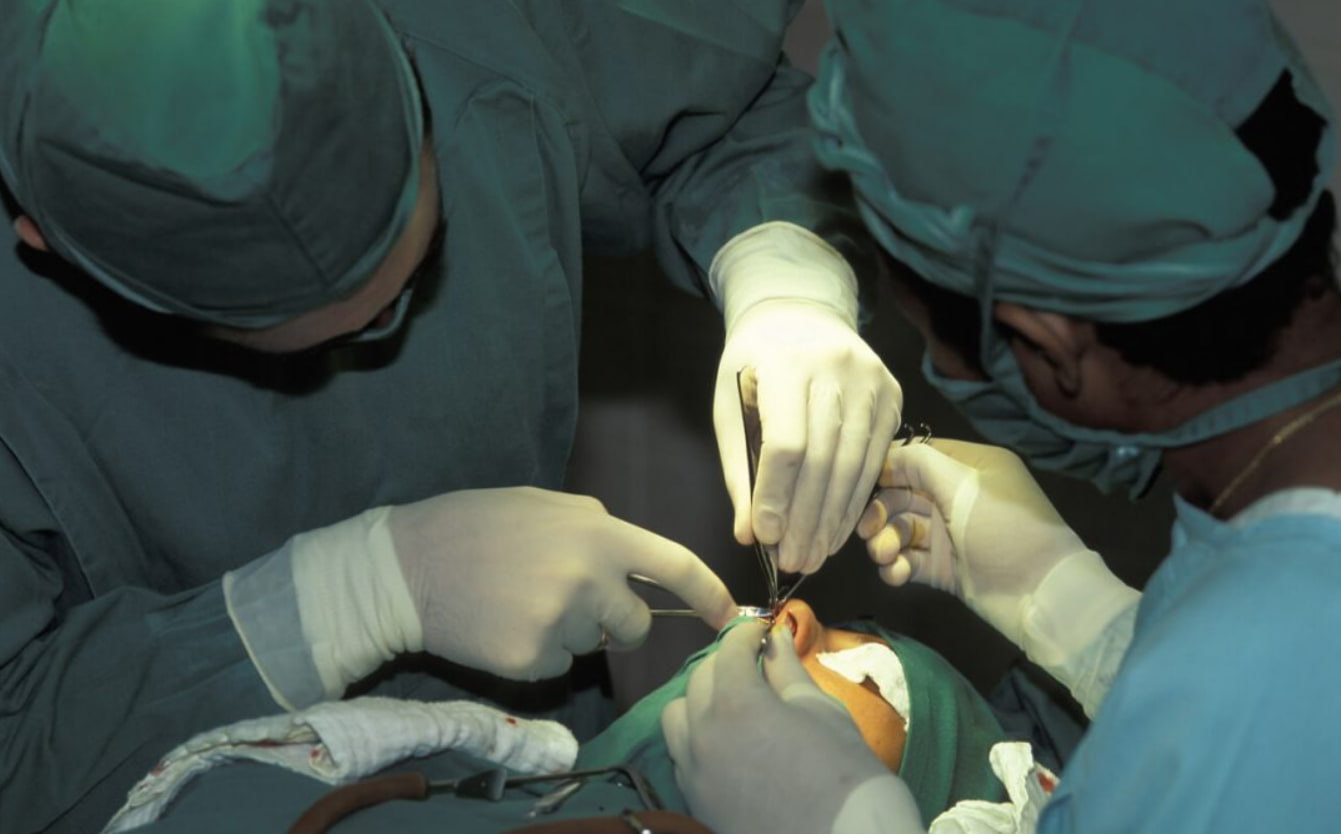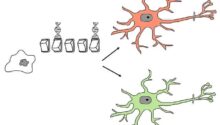Breathing is something we take for granted—until it becomes a challenge. But for plenty of folks dealing with those troublesome, swollen turbinates, it’s a bit like that. These tiny structures tucked inside your nose are supposed to be your air’s best friend, helping clean and moisten each breath.
But when they puff up—whether it’s from allergies, that slightly crooked septum, or even some strong smells—they can leave you feeling all stuffed up and struggling.
If you’re constantly battling blocked airways, loud, disruptive snoring, or stuck with sinus headaches that just won’t quit, you might’ve come across something called turbinate reduction surgery.
Now, surgery can sound kind of intimidating, sure, but knowing what’s up with the pros and cons can actually help you figure out if it’s worth considering.

Understanding Turbinates: Function and Common Issues
So, turbinates are basically like your nose’s personal air filters. They get the air nice and cozy for your lungs by warming it up and adding moisture. But, when inflamed, turbinates reduce space in your nasal passages.
As a result, you’re stuck breathing through your mouth and feeling like you’re trapped in a never-ending cold.
And it’s not just about having a stuffed-up nose all the time. People with something fancy-sounding like “turbinate hypertrophy” often deal with stuff like pounding headaches, always feeling wiped out, sleeping with their mouth open, and waking up from snoring like they’re dealing with loud, repetitive snoring.
Turbinate Reduction Surgery: What You Need to Know
This procedure involves reducing the size of the swollen turbinates to improve airflow through the nasal passages. The cool thing? It’s all done inside your nose—no visible scars or anything.
What’s the point of it all? Simple. To make breathing feel natural again, help you sleep without all the snoring drama, and, honestly, just give you a break from feeling congested.
Doctors usually recommend non-surgical options first. Usually, they’ll suggest stuff like allergy pills or sprays first. But if nothing’s working, that’s when this procedure starts to look like a good idea.
Why It Could Be Worth It: The Perks
If you’re still on the fence, here’s what people love about it:
Effortless Breathing Returns
Think about it: no more feeling like you’re trying to suck air through a tiny straw. That alone might be enough reason to consider it.
Peaceful Nights for Everyone
With clearer nasal passages, snoring and those annoying pauses in breathing that come with sleep apnea tend to chill out. You’ll sleep better, and so will anyone stuck sharing a room with you.
Significant Relief from Sinus-Related Headaches
If sinus pressure has been your not-so-friendly shadow, this surgery can give you the kind of relief you didn’t think was possible.
Bye-Bye to Constant Stuffy Noses
One of the first things people notice after the procedure? They can actually breathe without feeling like their nose is playing defense 24/7.
Restoration of Smell and Taste
Swollen turbinates can really mess with your ability to enjoy food or even notice scents. Shrinking them often brings those senses roaring back.
Recovery Isn’t Such a Big Deal
Most people bounce back pretty fast, and since everything happens inside your nostrils, there’s no need to worry about any scars. Win-win, right?

Potential Risks and Downsides
Of course, nothing’s perfect. There are a few things to think about:
A Bit of Post-Surgery Annoyance
Afterward, your nose might feel sore or a little crusty for a while. Not exactly fun, but it’s usually just temporary.
Dryness Might Occur
Some people notice their nose feels drier than usual or they get the occasional nosebleed. Annoying? Sure. Dealbreaker? Probably not.
It’s Rare, But Regrowth Happens
Over time, turbinates can sometimes grow back, which might mean needing another round of treatment. It’s not super common, though.
Costs That Might Be Considerable
Without insurance, you’re looking at anywhere from a few hundred bucks to several thousand, depending on where you’re at and who’s doing the surgery.
Temporary Weirdness with Smells
Every now and then, patients say they lose their sense of smell or taste for a bit while healing. It’s usually short-lived, but still, it’s worth knowing about.
| Category |
Details |
|---|---|
| Symptoms | – Persistent nasal congestion – Snoring and sleep disturbances (e.g., apnea) – Sinus pressure headaches – Feeling tired and fatigued – Loss of smell and taste |
| Benefits of Surgery | – Easier breathing – Reduction or elimination of snoring – Relief from sinus headaches – Restoration of smell and taste – No visible scars |
| Drawbacks of Surgery | – Possible dryness or occasional nosebleeds – Temporary loss of smell and taste – Rare chance of turbinates regrowing – High cost without insurance coverage |
| Recovery | – Most patients feel normal within 1–2 weeks – Full recovery may take longer in rare cases |
So, Is It Something to Think About?
Honestly, this procedure isn’t for everyone. If your nose troubles are more of an occasional annoyance and you’re getting decent results from sprays or allergy meds, it’s probably not worth going under the knife.
But if stuffiness, headaches, or lousy sleep are messing with your life on the regular, this surgery might just be what you need.
The best move? Chat with an ENT specialist you trust. They’ll check out what’s going on, explain your options without all the jargon, and help you figure out if this procedure’s a good fit for you.
Quick Q&A About Turbinate Reduction
- Is it safe?
Totally, as long as a qualified doctor handles it.
- How long until I’m back to normal?
Most folks feel good within a week or two, though full recovery can take a little longer.
- Do turbinates really grow back?
In rare cases, yes—but it’s not something to stress over right now.
Breathing Should Be Easy—and It Can Be Again
If you’ve been stuck in a cycle of clogged airways, restless nights, or constant headaches, this surgery could finally give you some relief. The benefits—like better breathing and clearer sleep—are pretty hard to ignore.
Sure, there are a few trade-offs, but if nasal congestion has been holding you back, it might be time to chat with a pro. It’s one of those things where the difference afterward is so noticeable, you’ll wonder why you waited so long.





